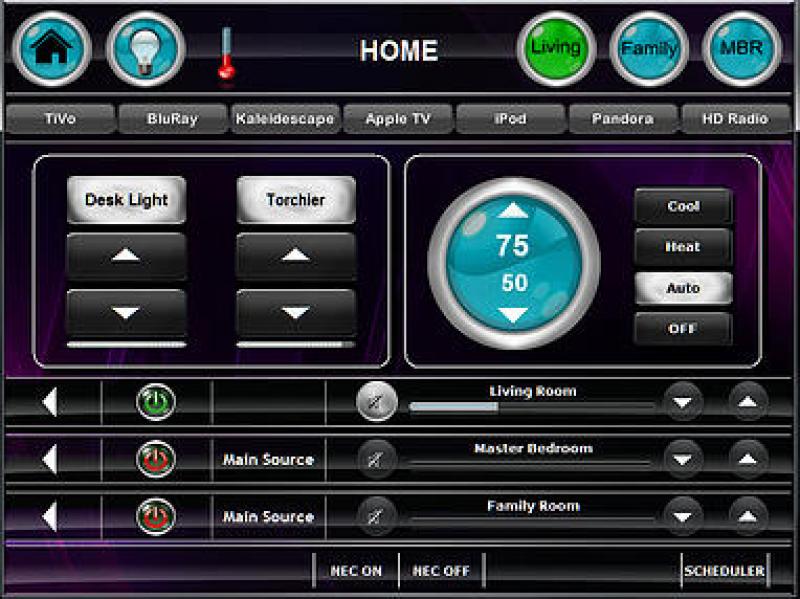Previously, we've touched on the wonderful world of 4K TV displays and the most stupendous HDMI defacto connection standard for the consumer market space.
Today, I'd like to share some insights on how all of this wonderful "gitty-up" goes together and how it can be successfully controlled by even the least talented of the Three Little Pigs!
In any typical Home theater environment, all of the "sending devices" are connected directly to the resident AVR (Audio Video Receiver) and not to the TV Display. This permits and supports two basic system requirements:
1. The AVR is the device that does the surround sound processing on the incoming sound track
2. Simplicity of use....only one device (AVR) does the actual switching
So, now you have the perfect Flat Screen HDTV Display, the most bestest AVR, an Apple, Roku, Amazon Fire or Google TV device, and an amazing Blu-Ray player. All wonderful until you realize that each and every one of these marvelous pieces of technology is supplied with its own remote control. You weren't intending on becoming a remote control rancher, now were you? Nevertheless, you now have about 27 remote controls on your lovely coffee table. If you are really cleaver, you could create a modern sculpture with them for your centerpiece. At the end of the day, probably not a good idea.
Enter the Smart Remote Control.
Esentially, remote controls can be categorized into a few basic categories.
1. The one that came in the box typically with limited and or truncated features
2. Programmable IR based Remote Control
3. Programmable IR & RF based Remote Control
4. Programmable IR, RF, IP & RS232 based Remote Controls
IR (infrared) provides a "Line-of-Sight" control possibility. It cannot pass through cabinet doors or walls and it can be affected by direct sunlight. RF or Radio Frequency acts just like a radio...it can pass through cabinet doors and through walls. It too, however, can be affected by nearby RF Interference that can render it useless or less than stable. IP & RS232, unlike the previous versions, offer the advantage of being Two-Way or BI-Directional. Control Signals can be emitted and a "return status" or "Feedback" can be received by these types of remotes.
The image below is of a Crestron Control Touch Screen, which is an IP based control system. Glancing at the screen, a few cogent things stand out. We can clearly see that the interface supports the control of the numerous AV Components, HVAC, Lights and the various House AV Zones encompassed in this particualr project.
On closer inspection, one can see that the Living Room Icon is "Green" (as opposed to Blue), which signifies that it is the active Audio Zone. You can also see that the Living Room Zone is ON while the Master Bedroom and Family rooms are Off. You might also notice that the volume setting, for the Living Room, is set to approximately 33% and that the zone speakers are actually Muted. Finally, you can also determine that the current room temperature is 75 degrees F, with Humidity at 50% , Mode setting is "Auto" and that the Desk Light and Torchier are ON.
All of this important information is available with systems that support bi-directional feedback (fb)!
Alternately, a One-Way Remote Control simply sends command signals to the various AV/House Components but has NO ability to ascertain wheter or not the command was received by the intended device. Naturally, if you turn on your home theater system, with a one-way remote control, and actually get a picture, you know that the commands were successfully processed.
However, if you don't get the aforementioned picture, now what. The possibilities and permutations are almost endless. Personally, given the choice between Hamburger A (Bi-Directional) and Hambuger B (One-Way only) the obvious choice would be a no-brainer...Hamburger A.
Remembering my English Professor's admonition to sum up the previous content in the closing statements, I respectfully suggest that even Little Piggy could be easily and effectively trained to operate a well deployed bi-directional control system. Not so much with an One-Way IR based approach.
And this my friends, is why I say "Remote Controls...Same but different"
Stay Tuned to the same Bat Station at the same Bat Time!
The Supreme Stereomeister











